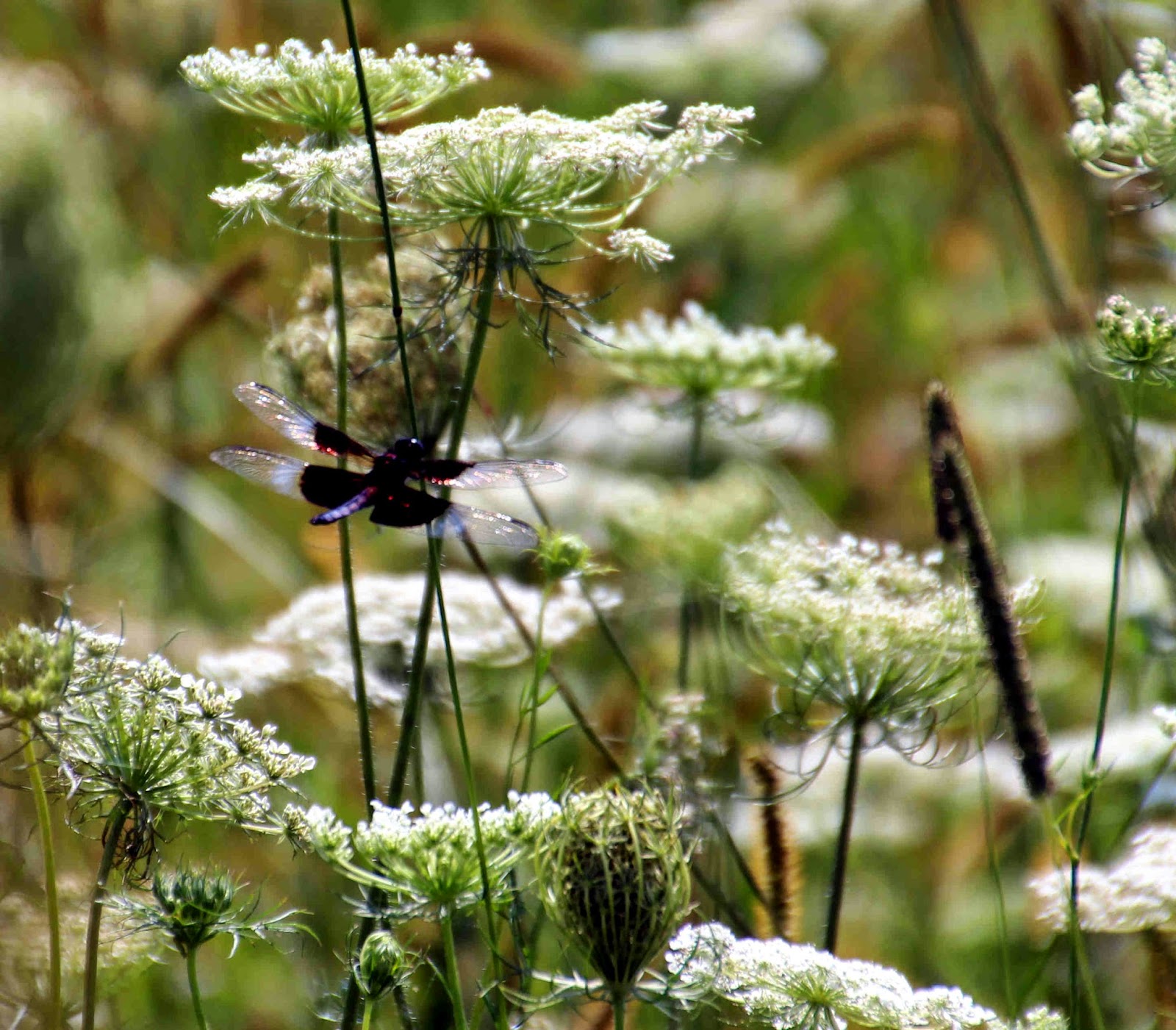By Beth Sullivan.
A few weeks ago, we emerged, hot and
sweaty and dirty from a work effort on Knox preserve. We were met by
a woman and a young child looking for a place to spend some time
hiking and found themselves on Wilcox Road, parked behind us and
planning to walk into the preserve.
 |
| It takes a team to erect the big signs that make Avalonia preserves. |
 |
| The Osprey on Paffard Marsh benefit from the protected land. |
She asked if we were with Avalonia
and wondered if she could ask some questions. Well..of course!!
A chance encounter...
Turns out that Ellyn Santiago is a
Westerly Sun reporter who travels the roads of Stonington regularly
and had noticed the big new sign on Paffard Marsh. She had always
loved the marsh and its family of osprey and was pleased to know it
was forever preserved. This began a line of questioning about signs:
how we choose names, how do we acquire property, why do we want signs
on the properties and what do we want people to know about Avalonia.
 |
| Dean Avery Preserve is a small, scenic gem. |
 |
| You start your hike down into the Stone Bridges trail here... |
leads to an article...
Each of those
questions could take a full page to answer, but what she came away
with was an understanding that we, Avalonia, are proud of all the
properties we have acquired, no matter how they have come into our
hands. Each one has a story. By putting our signs out on the land we
can proclaim proudly, that this land is preserved for you, the
public, and future generations to enjoy and appreciate. Whether you
walk a trail or sit in your car with binoculars watching the osprey,
it will always be there for you and your children and grandchildren
to enjoy. Because Avalonia is all volunteer and member based, we rely
on our members’ generosity and our donors’ gifts to support all
our activity. Land has great value and does not come cheaply in
this part of the state. Every acre is cherished. Our stewardship is
carried out with thought and care. We often spend our own money on
wood and paint for those signs, and spend free weekend days to set
them in place, just so they can be visible to those who pass by, like
Ellyn. Just maybe they will bring in new members, or another
donation, or just a passing thought of gratitude that the beautiful
marsh land is preserved forever.
 |
| And end up here. |
about our signs.
Here is a link to the article Ellyn wrote
and we are grateful for her efforts.
 |
| Wequetequock Cove Preserve sports this sign. |
 |
| Wequetequock grasslands |
Photographs by Beth Sullivan and
Rick Newton.






























